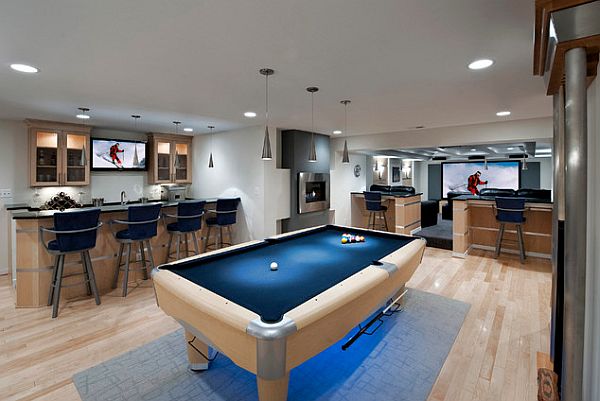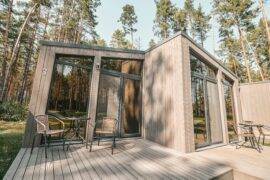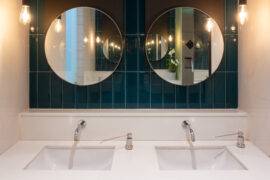Anyone who lives in an old house or flat may have noticed that the weather over the past few winters has been just perfect for cultivating mold. A combination of damp and cold means mold may have become a problem where it never was before and that tell tale ‘bubble’ effect will have ruined the paintwork of more than one bedroom or living room wall.

The mold problem
The problem with mold is that once you get it, it’s very difficult to get rid of it without getting a builder in to insert ventilation bricks, and just when you think you’ve scrubbed the last of it off the walls, a week or so later you can start to see spots reappearing.
The other big problem, particularly in the winter, is that the only real way of preventing mold reappearing is by making sure the house is well ventilated with lots of fresh air. Not a problem in the summer, but when the temperature outside plummets below zero, the last thing you want is to have all your windows open. So what’s the solution? Well, you need to get yourself the best dehumidifier you can afford.
If you have a particularly bad mold problem, then the best dehumidifier for you will be one that can remove the most liters of water from the air. Nowadays portable dehumidifiers for the domestic market can remove between 25 and 40 liters of water in a day, so opt for one on the larger end of the scale if you can afford it.
Use of electricity
One thing to bear in mind is that some dehumidifiers use less electricity than others, so if you’re conscious of your bills or your carbon footprint then the best dehumidifier for you would be one that has a humidistat that turns off automatically when the required humidity level is reached. That way you’re not wasting electricity running the machine when it’s not actually required to remove any moisture from the air! You can also keep an eye out for desiccant dehumidifiers that work more efficiently at lower temperatures than traditional compressor driven dehumidifiers, saving you on running costs in the process.












